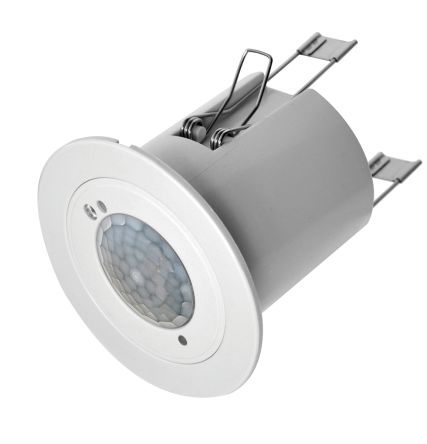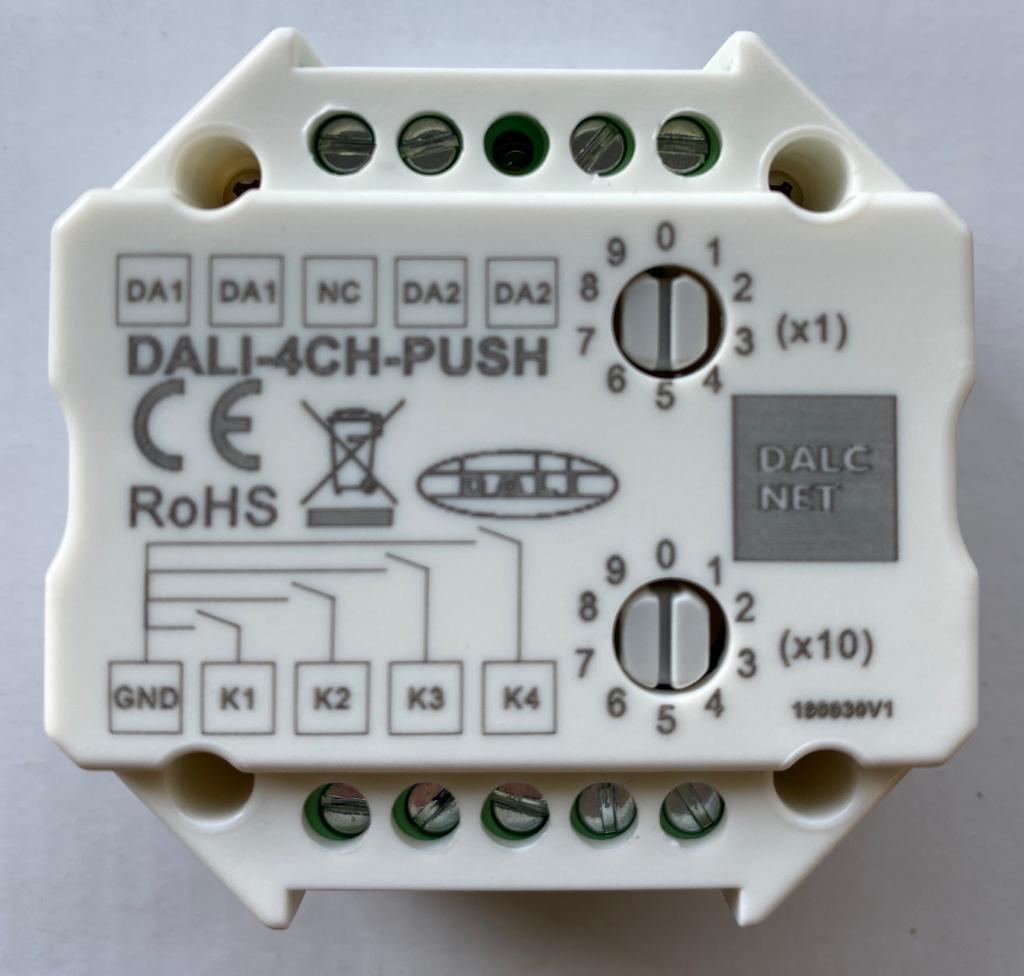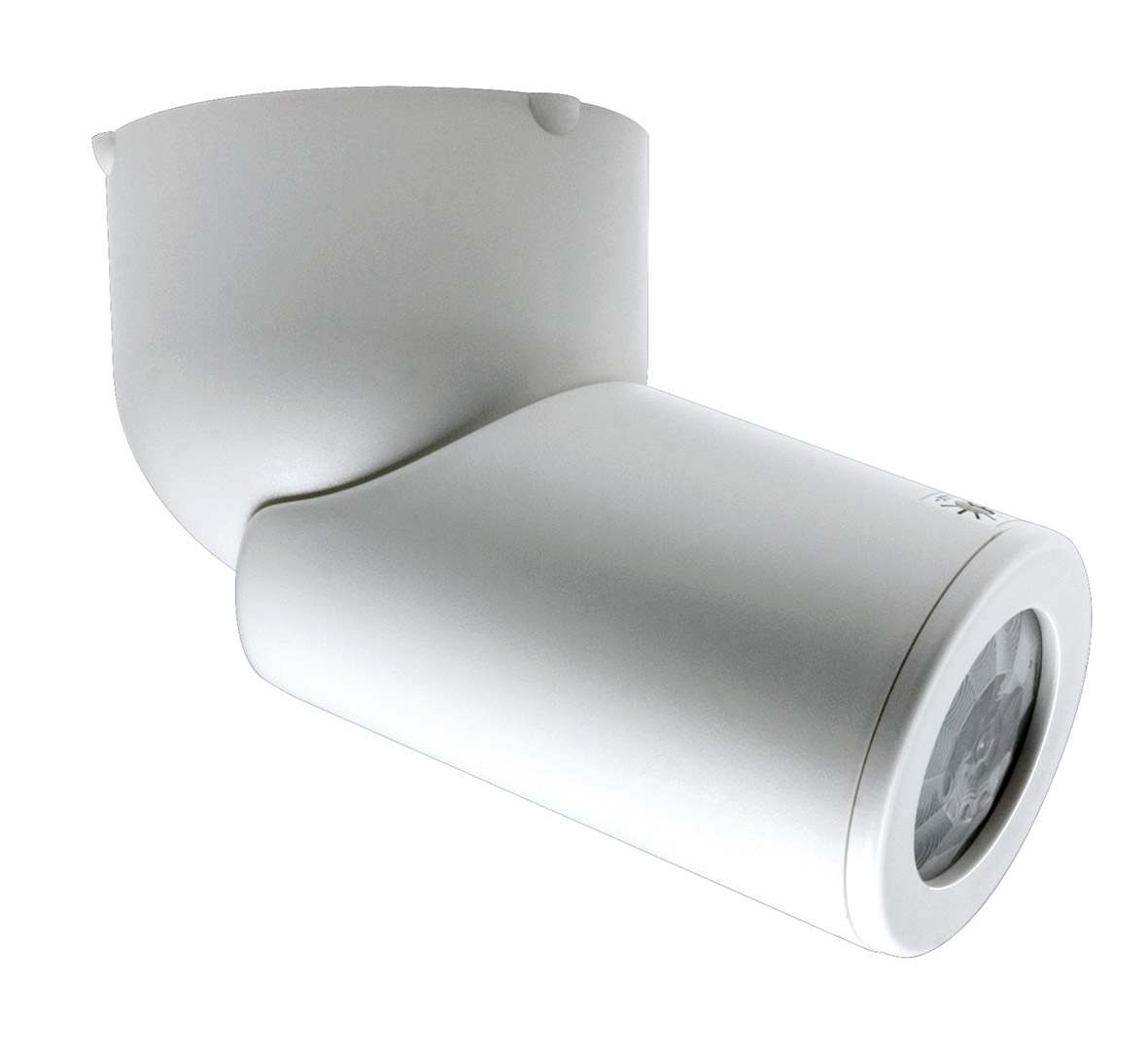CONTROL DEVICES
Discover all categories
- Select a value
-
- Select a value
-
Results
No exact match, try with fewer filters or a more generic term
Digimax and the selection of professional LED lighting controllers
Thanks to the support of the most advanced manufacturers on the LED control unit market, such as Casambi, Dalcnet and LumenRadio, we offer scalable solutions for applications ranging from commercial and professional lighting to home automation and industrial systems.
Digimax LED Controller: technical specifications and functionality
Digimax distributed LED Light controllers offer maximum precision, reliability and compatibility with the most modern lighting solutions: they are suitable for both professional installations (architectural lighting, retail, events and museums) and residential projects (home automation and smart housing). It is possible to configure, based on the specific project, the Digimax controller LEDs:
- Wireless control protocols: support DMX, DALI, Bluetooth and Wi-Fi, allowing flexible integration with professional LED lighting systems and home automation;
- Advanced features: high-precision PWM regulation and dimming, color temperature management (CCT), RGB and RGBW control, dynamic light scene programming and synchronization with IoT devices for advanced automation;
- Connectivity: models compatible with Casambi, DALI and LumenRadio CRMX, allowing remote management of lighting via mobile app, gateway or touch interfaces;
- Protection and reliability: Built-in safety circuits with protection against overvoltage, overcurrent, short circuit and overheating, ensuring operational stability and durability.
LED light control devices: applications and sectors
The installation of an LED controller allows complete and personalized management of the light sources, acting not only as a control unit, but potentially also as an LED driver, directly providing power with adequate voltage and current. Digimax control units manage various types of devices: LED strips, COB modules, LED panels and spotlights.
- Integration with widespread communication protocols and synchronization with home automation systems, facilitating remote control of lighting via Wi-Fi, Bluetooth and smart apps;
- Automation and sensors: compatibility with motion sensors, programmable timers and wireless systems, to optimize energy consumption and functionality of the system;
- Industrial and commercial applications: total control of LED lighting systems in shops, showrooms, galleries, exhibition spaces and events, where light plays a crucial role.
Frequently asked questions about LED Lighting Controllers
What is an LED controller and how does it work?
An LED controller manages the switching on, adjustment of the light intensity and control of the color of the lights. It can receive commands through management protocols (DMX, DALI) and transmit signals through communication protocols (Bluetooth, Wi-Fi), allowing complete modulation of light, the creation of dynamic effects and integration with smart systems.
Which devices can an LED control unit control?
An LED lighting controller can regulate several types of light sources, including:
RGB, RGB+W and RGB CCT LED strips for color control;
Monochromatic or variable temperature LED modules for white lighting;
LED spotlights, LED panels, COB LED modules and other LED lighting devices.
How to select the right LED control system?
The control unit must be compatible with the type of LED used and with the power supply voltage (12V, 24V, 48V): furthermore, the communication protocol of the controller (DMX, DALI, Canbus, etc.) must correspond to the needs of the lighting system implemented.
What software exists to control LED lights?
Many LED controllers support control via dedicated Smart Lighting apps, such as Casambi, DALI and other platforms: these allow you to customize light scenes, adjust intensity and color, set timers and control the lights remotely via Wi-Fi or Bluetooth.
Can a LED controller also be a power supply?
Yes, some LED control units integrate the driver function, directly supplying power to the luminaires: the device therefore not only manages the control signals, but also provides a regulated voltage or current to power the LEDs, eliminating the need for a separate driver. However, it is a good idea to evaluate the project specifications, since it is not always possible to adopt this option.
What are the differences between LED dimmers and LED controllers?
An LED dimmer only regulates the light intensity of a source, usually not allowing control of white and RGB color or other advanced features. The LED controller, in addition to regulating the intensity of the light, can versatilely manage RGB, RGBW and Tunable White lighting, the creation of scenes or dynamic effects, and supports wireless connection.
What are the differences between LED controller and LED gateway?
An LED controller directly manages the lighting, adjusting intensity, color and operating mode, while an LED gateway is an interconnecting device that allows multiple controllers (and devices) to communicate with each other, often translating signals between various protocols. It is mainly used in complex LED systems to integrate advanced automation features.
FAQ
Cos’è e come funziona un LED controller?
Un controller LED gestisce l’accensione, la regolazione dell’intensità luminosa e il controllo del colore delle luci. Può ricevere comandi attraverso protocolli di gestione (DMX, DALI) e trasmettere segnali attraverso protocolli di comunicazione (Bluetooth, Wi-Fi), consentendo la modulazione completa della luce, la creazione di effetti dinamici e l’integrazione con sistemi smart.
Quali dispositivi può controllare una centralina LED?
Un controller per l’illuminazione LED può regolare diversi tipi di sorgenti luminose, tra cui:
Strisce LED RGB, RGB+W e RGB CCT per il controllo del colore;
Moduli LED monocromatici o a temperatura variabile per l'illuminazione bianca;
Faretti LED, pannelli LED, moduli LED COB e altri dispositivi di illuminazione a LED.
Come selezionare il giusto sistema di controllo LED?
La centralina controllo dev’essere compatibile con il tipo di LED utilizzato e con la tensione di alimentazione (12V, 24V, 48V): inoltre, il protocollo di comunicazione del controller (DMX, DALI, Canbus, etc.) deve corrispondere alle esigenze del sistema di illuminazione implementato.
Quali software esistono per controllare le luci LED?
Molti controller LED supportano il comando tramite app dedicate di Smart Lighting, come Casambi, DALI e altre piattaforme: queste permettono di personalizzare le scene luminose, regolare l'intensità e il colore, impostare dei timer e controllare le luci da remoto tramite Wi-Fi o Bluetooth.
Un controller LED può essere anche un alimentatore?
Sì, alcune centraline LED integrano la funzione di driver, fornendo direttamente l’alimentazione agli apparecchi: il dispositivo quindi non gestisce solo i segnali di controllo, ma fornisce anche una tensione o corrente regolata per alimentare i LED, eliminando la necessità di un driver separato. È bene valutare però le specifiche di progetto, poiché non è sempre possibile adottare quest’opzione.
Quali sono le differenze tra dimmer LED e controller LED?
Un dimmer LED regola esclusivamente l’intensità luminosa di una sorgente, solitamente non permettendo il controllo del colore bianco e RGB o altre funzionalità avanzate. Il controller LED, oltre alla regolazione dell’intensità della luce, può gestire in modo versatile l’illuminazione RGB, RGBW e Tunable White, la creazione di scene o effetti dinamici, e supportare la connessione wireless.
Quali sono le differenze tra controller LED e gateway LED?
Un controller LED gestisce direttamente l’illuminazione, regolando intensità, colore e modalità di funzionamento, mentre un gateway LED è un dispositivo di interconnessione che consente a più controller (e dispositivi) di comunicare tra loro, spesso traducendo i segnali tra i vari protocolli. È principalmente utilizzato in sistemi LED complessi per integrare funzionalità di automazione avanzate.
Come funziona un telecomando per le luci LED?
Il telecomando invia segnali wireless (IR, RF o Bluetooth) al controller LED, permettendo di accendere, spegnere, regolare intensità, colore ed effetti delle luci a distanza.
Cosa serve per dimmerare le strisce LED?
Serve un driver o controller dimmerabile compatibile con la striscia, oltre a un dispositivo di controllo (dimmer, telecomando o app) per regolare intensità e colori.
Come accendere la luce a distanza?
Si usa un sistema di controllo wireless, come un controller con telecomando, app smartphone o centralina domotica, che comunica con le luci via Wi-Fi, Bluetooth o radiofrequenza.
Qual è la differenza principale tra DALI e KNX?
La differenza fondamentale risiede nel loro scopo primario. DALI (Digital Addressable Lighting Interface) è un protocollo standardizzato e specializzato esclusivamente per il controllo dell'illuminazione digitale. Permette di gestire e monitorare individualmente ogni singolo apparecchio luminoso, rendendolo ideale per applicazioni che richiedono un controllo preciso della luce. KNX, invece, è uno standard molto più ampio per la completa automazione degli edifici (building automation). Oltre all'illuminazione, KNX può integrare e gestire sistemi di riscaldamento, ventilazione, condizionamento, sicurezza, gestione energetica e molto altro.
Posso integrare un sistema di controllo in un impianto esistente (retrofit)?
Assolutamente sì. L'integrazione in edifici esistenti è una delle applicazioni più comuni e vantaggiose. Per queste situazioni, le soluzioni wireless sono ideali, in quanto eliminano la necessità di posare nuovi cavi bus.




